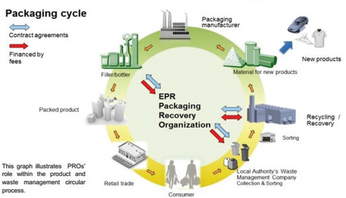Halogen-free Flame Retardants for Laminating Adhesives: A Sustainability and Design Perspective
Presented by Kathryn Cosentino, Alpha Engineered Composites
Designing a more sustainable product or process presents a unique technical challenge for engineers to develop solutions that are cost-effective while meeting difficult performance requirements. Rather than considering sustainable development as an isolated initiative, an integrated systems-based approach to technology development with a focus on sustainability can add significant, quantifiable value from a social, environmental, and economic perspective. In this paper, a design approach for halogen-free flame retardants in laminating adhesives will be discussed, as well as the resulting benefits in the context of these three pillars of sustainability.
Bromine-antimony compounds remain the most commonly used fire-retardant additives for industrial laminating adhesives and coatings for building and construction applications, despite a number of serious environmental and human health concerns. The synergistic mechanism of Br-ATO is exceptional for flame inhibition in the gaseous phase. Understanding and replicating this attack mechanism using non-halogenated materials offers an effective solution for meeting these fire safety standards, while staying ahead of increasing global regulations restricting the use of halogens. Performance and processability of novel phosphorus-based FR chemistries for aqueous adhesive systems will be evaluated, as well as the relevant social, environmental, and economic impacts of transitioning to these systems.
This post is for paying members only
SubscribeAlready have an account? Log in

